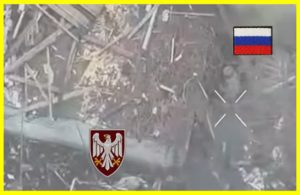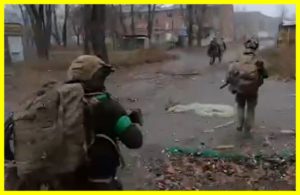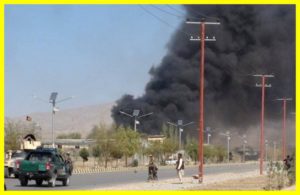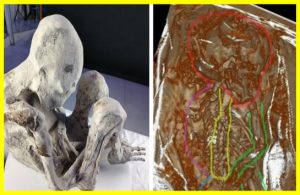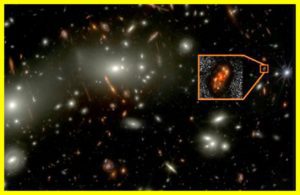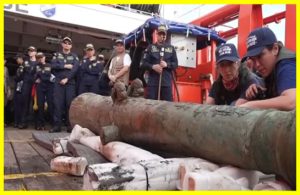39 years ago there was a disaster at the Chernobyl NPP
On the night of April 26, 1986, a powerful explosion occurred at the fourth power unit of the Ukrainian Chernobyl NPP, resulting in the destruction of part of the reactor unit and the engine room.
As a result, a fire broke out, which spread to the roof of the third power unit, which was eliminated only on May 10.
After the catastrophe, a radioactive cloud was formed, which covered Ukraine, Belarus, and Russia.
It also spread to the territories of European countries – Sweden, Austria, Norway, Germany, Finland, Greece, Romania, Slovenia, Lithuania, Latvia.
The capital of the former USSR, Moscow, concealed the fact of the accident and the consequences of the ecological disaster – the first report appeared only on April 28.
Some facts about the consequences of the Chernobyl disaster:
🔹 The population of a 30-kilometer zone was evacuated, and 2,293 settlements became radioactively contaminated.
🔹 The Chernobyl disaster was rated seven points out of seven possible on the International Nuclear Event Scale (INES), making it the largest man-made disaster in human history.
🔹 The accident released 100 times more radiation than the effect of the atomic bombs dropped on Hiroshima and Nagasaki in 1945.
🔹 It is claimed that the Chernobyl accident caused about 90,000 cancer deaths worldwide.
🔹 More than 5 million people live in areas considered contaminated with radioactive material after the accident.
To prevent the spread of radiation, the reactor was covered with a special protective sarcophagus in late 1986.
In 2016, the New Safe Confinement (NSC) arch was placed over the shelter.
VIDEO. Goodbye, Chernobyl! the New Safe Confinement has started moving… [November 2016]


